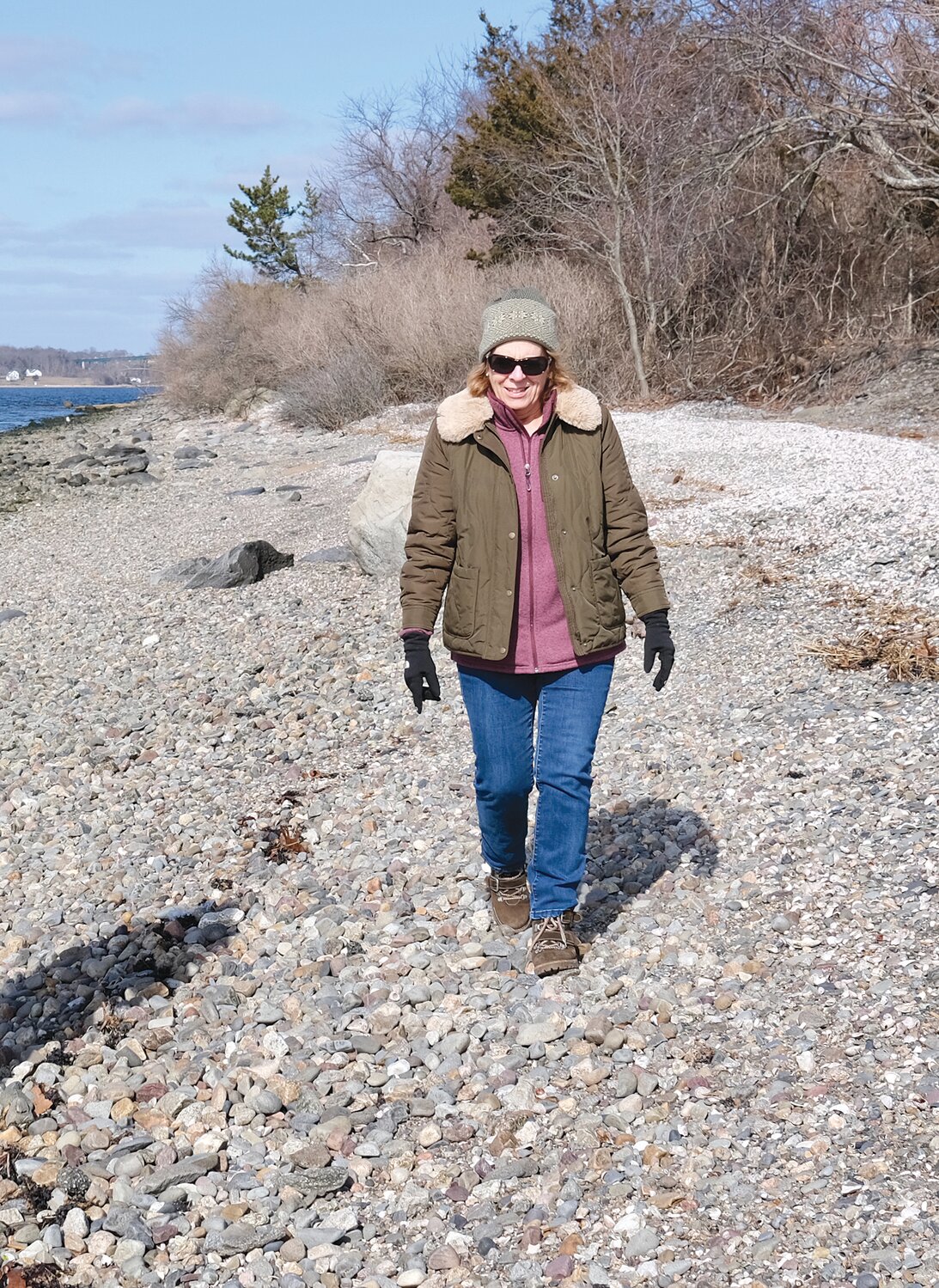Bill clarifying public shoreline access clears Assembly
Rep. Cortvriend’s measure created some controversy among local waterfront homeowners
PROVIDENCE — The General Assembly Thursday approved legislation sponsored by Rep. Terri Cortvriend and Sen. Mark P. McKenney to establish that the public area of the shoreline is 10 feet …
This item is available in full to subscribers.
Please log in to continue |
Register to post eventsIf you'd like to post an event to our calendar, you can create a free account by clicking here. Note that free accounts do not have access to our subscriber-only content. |
Day pass subscribers
Are you a day pass subscriber who needs to log in? Click here to continue.
Bill clarifying public shoreline access clears Assembly
Rep. Cortvriend’s measure created some controversy among local waterfront homeowners
PROVIDENCE — The General Assembly Thursday approved legislation sponsored by Rep. Terri Cortvriend and Sen. Mark P. McKenney to establish that the public area of the shoreline is 10 feet landward of the recognizable high tide line.
The bill (2023-H 5174A, 2023-S 0417A) now goes to the governor to sign into law.
MORE: See what else Portsmouth's legislative delegation has been up to
The legislation, which came under attack by several waterfront homeowners in Portsmouth back in March, is intended to finally provide a clear delineation of where the public area of the shoreline ends and private property begins.
The right of Rhode Islanders to access the shoreline was written into the state constitution when it was adopted in 1843, and further delineated after the 1986 constitutional convention. Yet exactly where public area ends remained a debated issue that has intensified with development of the shoreline over the last century.
A 1982 state Supreme Court case, State vs. Ibbison, established the boundary of the public’s shore access at the mean high tide line, defined as the average of high tides over an 18.6-year cycle, which continually changes with the shifting sands of the coast. The Supreme Court’s decision has led to much conflict because it is impossible for anyone walking along the shore to know where that shifting line is.
In recent years, coastal access advocates have pushed for a better solution, including by getting arrested in a contested waterfront area.
Cortvriend (D-Dist. 72, Portsmouth, Middletown), led a House commission from 2021 to 2022 that studied the question of how the state should define the area of the shoreline that is public. That commission recommended defining the boundary of the public area at 10 feet landward of the recognizable high tide line, also known as the “wrack line,” recognizable by a line of seaweed, scum and other deposits left where the tide reached its highest point.
“Public shoreline rights have long been cherished by Rhode Islanders, which is why they were guaranteed in our state constitution in the first place,” Cortvriend said. “But it’s impossible to protect that right when no one can tell where the public shoreline ends. The lack of a clear definition has caused problems in our state for decades.
“Our commission put a great deal of care into exploring this issue, working with experts, advocates and property owners to develop a reasonable definition of the public shoreline’s edge that will protect Rhode Islander’s constitutional right without taking private property. I believe this legislation is a very fair way to finally settle this question, which really should be clear in a place known as the Ocean State, where beaches and shores are so critical to our identity and economy.”
The legislation specifies that, in places where there are multiple wrack lines, the one closest to the water will be the one from which the 10 feet is measured. Where there is no visible wrack line, the 10 feet shall be measured from the wet line on the sand or rocks.
The legislation also exempts owners of shoreline property from liability for the public’s activities in that area, and recognizes that in some waterfront places, such as rocky cliffs and sea walls, there is no passable area for the public to access.
Some homeowners protested
During a March meeting in which the Town Council was considering a Charlestown resolution that urged passage of the bill, several local residents who own waterfront property spoke out against the measure. Some of them even claimed that it amounted to a “land-taking” and that if the bill became law they should be compensated on their property taxes. (In the end, the council took no action on the matter.)
During that meeting, however, Cortvriend said the attorney general’s representative on the study commission said the bill wouldn’t amount to a taking of land, and that the AG would defend that matter in court if necessary.






